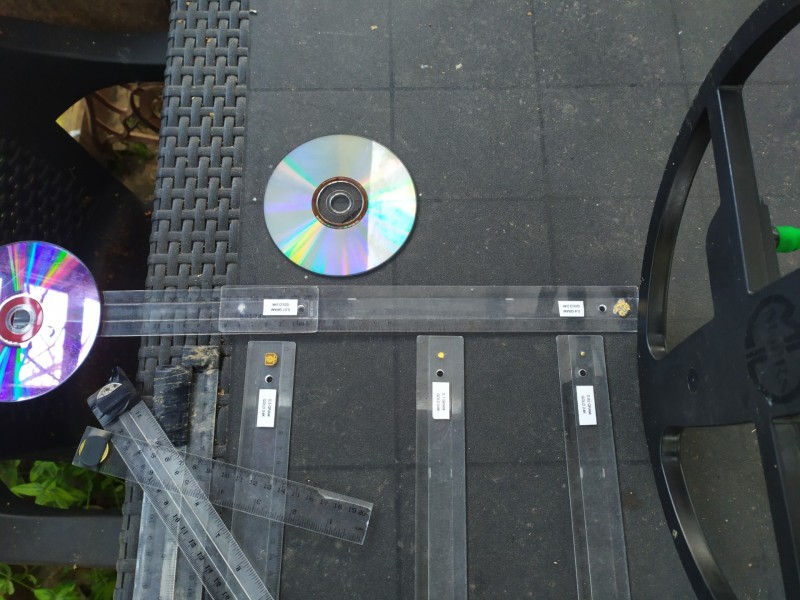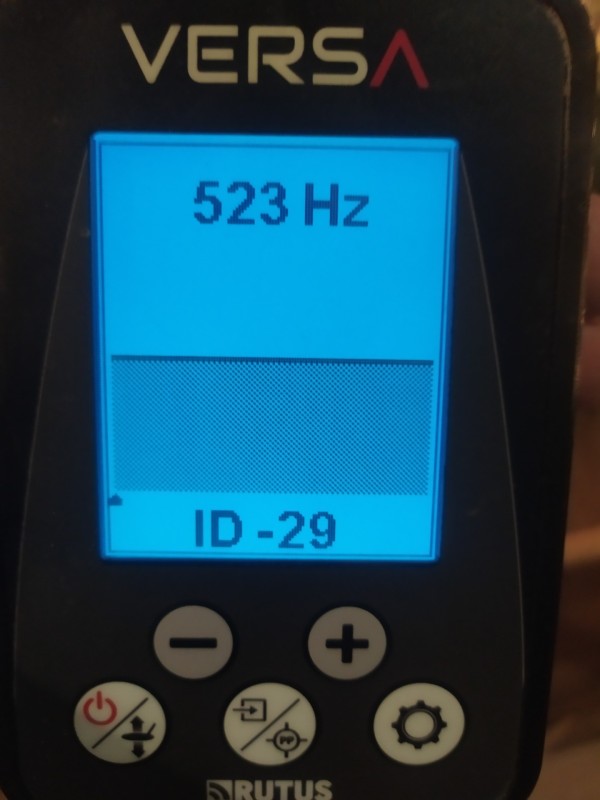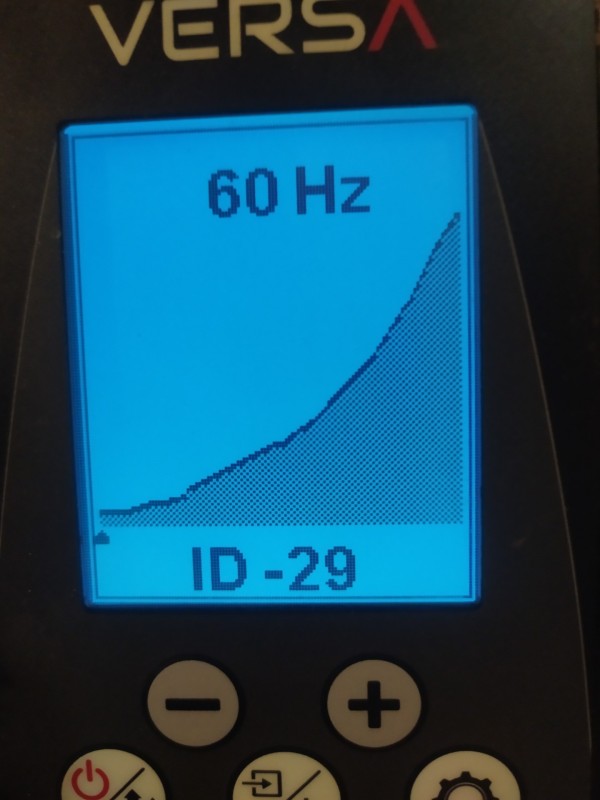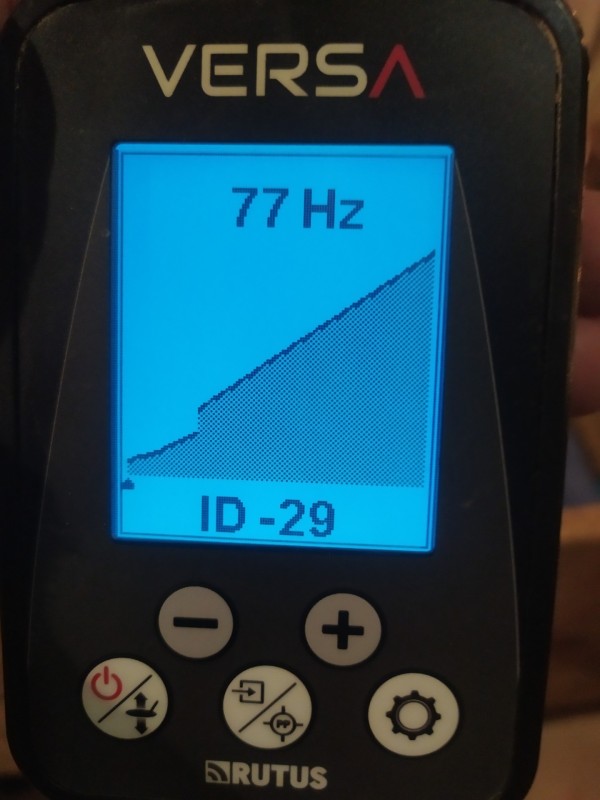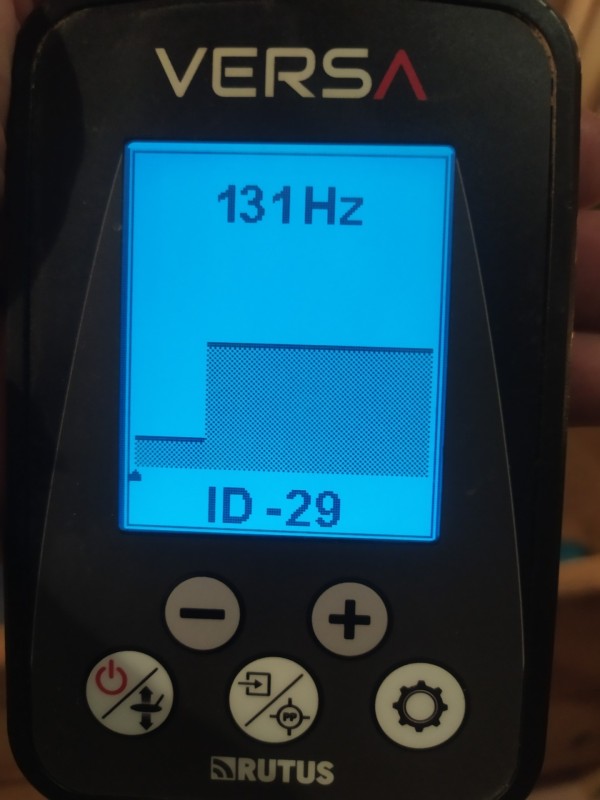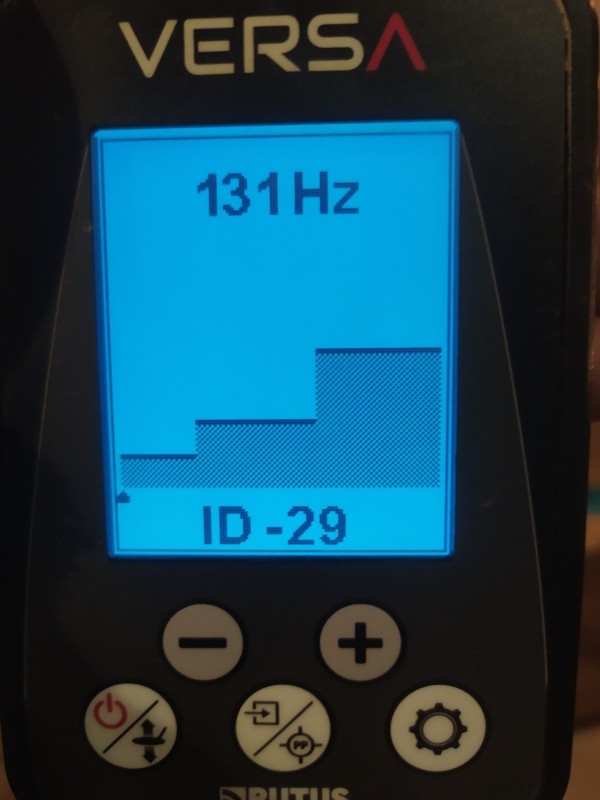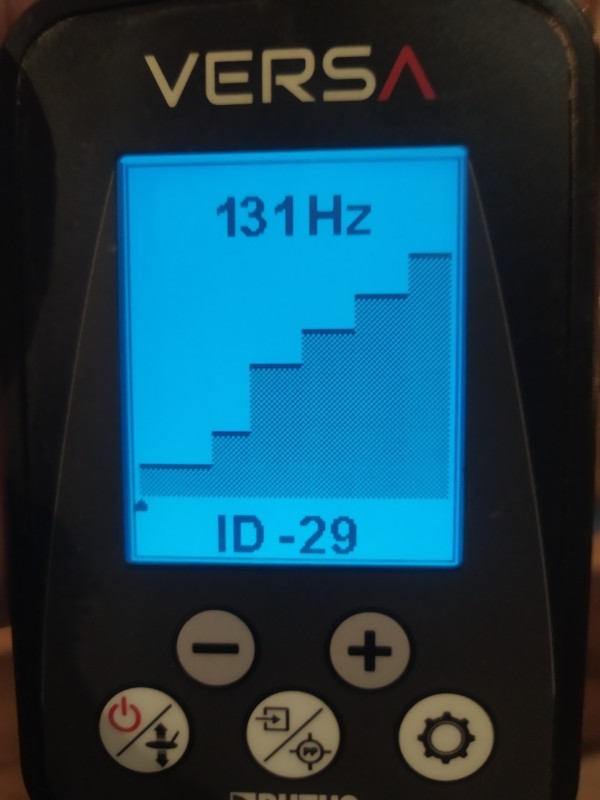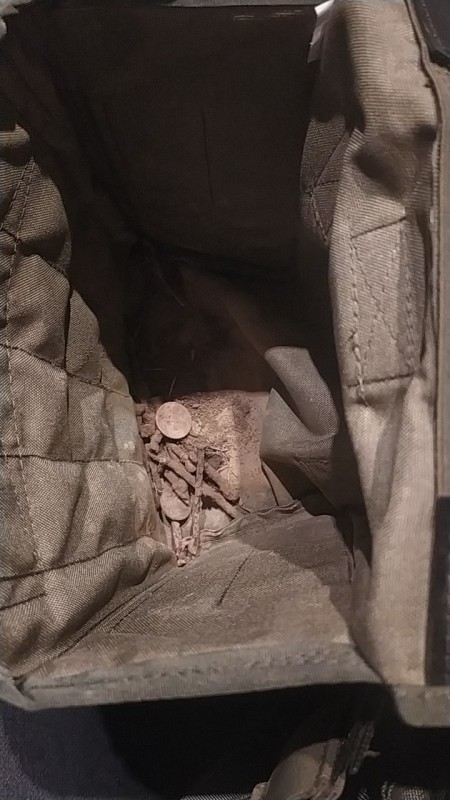-
Posts
1,326 -
Joined
-
Last visited
-
Days Won
1
Content Type
Forums
Detector Prospector Home
Detector Database
Downloads
Everything posted by EL NINO77
-
Thanks for another interesting test...Jeff ... ....as well as your thoughts on how the tested detectors performed on the targets... It was also interesting for me to compare the low-conductivity 5-cent Nickel and the high-conductivity Quarter on American coins... it can be shown, in my opinion, that both Axiom and GPX detectors are somewhat optimized for low- and medium-conductivity targets such as gold... even though they don't have a problem and they can also detect a highly conductive target like Quarter... Furthermore, it turns out that VLF detectors definitely have limits in such a field...and the use of a PI detector can really help there. I see this area as a very good place for testing VLF detectors... because here you can very quickly see differences in how different models of VLF detectors work on such complex targets....
- 25 replies
-
- 2
-

-
- minelab gpx
- garrett axiom
-
(and 1 more)
Tagged with:
-

Not All Gold Tells The Truth
EL NINO77 replied to Lead Detector's topic in Detector Prospector Forum
Basically, it is about 2 tested targets with different time constants, so the lighter 0.5 grain .. but the larger target produces a higher time response and is therefore easier to detect for ATX.. This 1.1 grain nugget, from the point of view of its smaller size as well as its shape and gold content, may have a smaller time constant - beyond the possibility of ATX detection.. If you want to detect extra fine targets with ATX - you have to increase the sensitivity of the detector as well as set the threshold high to the value of 12-12.5 .. on this detector because a really high threshold setting will allow you to hear very small targets...ATX with a small 3X7" infinium coil can hit the finest targets even further than a 10x12 DD ATX coil.-/0.01 gram gold/.. ...you can also notice that small and flattened lead shot number 9 are not detected, because the lead alloy has a significantly lower time constant than pure 24k gold... ATX 12x10" DOD coil.. ---------------------------------------------------------------------------- ATX with a small 3X7" infinium coil can hit the finest targets/0.01gram gold/ even further than a 10x12 DD ATX coil... -
Well, we can go further and we can explain how it is with the VDI rock for detectors... Anyone who has been using detectors for a long time knows that many detectors use the classic VDI scale : Note where the nail zone is... Rutus VERSA uses a similar VDI scale as Whites... with the fact that it has a shortened scale that goes up to -29 ... ------------------------------------------------------------------------------------------ now let's move on to Legend and its VDI scale https://www.iratemetaldetectors.com/product-page/nokta-makro-legend-target-id-bible All VDI numbers from 1VDI to 11VDI are iron zone.... if you have tone break set in that VDI zone .. then you have it set so that the signal from the iron zone sounds like a non-iron signal... / so you are also working with "negative discrimination" / and XP Deus uses this VDI scale:
-
Jeef..have you tried increasing the IAR disk in the gold program in Deus 2?..from 0 to 1,2,3 and with what results?. on nuggets and from the results on coins... The mineralization meter on the Deus 2 indicates... that even a VLF detector can be reasonably successful here..But I also believe that PI detectors Axiom and GPX 5000...are simply better here and have a better depth reserve ... Thanks for this test and comparison.👍. ...but like others, I'm also looking forward to your next in-depth detector test in this field...
- 6 replies
-
- 2
-

-
- xp deus 2
- minelab gpx
-
(and 1 more)
Tagged with:
-

Axiom, Outrageous Settings That Work In Black Sand
EL NINO77 replied to Knomad's topic in Garrett Metal Detectors
Setting the threshold determines the limit where the detector will not yet respond to the ground signal, but can already give an audio response to the reception of a signal that exceeds the limit... of the set threshold... At a low set threshold, the detector will be slightly sensitive to the ground signal,,, and will be very stable. But to detect the target, you will need a stronger signal from the target....-so that this signal breaks through the low set threshold level....because like this the set detector is even slightly sensitive to very weak target signals... It's something for something.. therefore, with a low set threshold, the detector may not detect very small and weak signals... but it will detect larger and stronger signals from targets... On the contrary, if you increase the threshold, you increase the sensitivity of the detector to the ground signal... but at the same time the sensitivity of the detector to weak signals from the targets... but be careful... with a high threshold set, a strong ground signal can cross the threshold as a detected signal, what will happen like this a high-set threshold will make the detector unstable on the given terrain... -
The target ID function may not be a bad thing on this Pi detector... I wonder how the Force 1500 will identify small lead pellets with the help of target ID, for example, and under what ID similarly small gold... But in any case, it can be quite a useful function... even for coin and relic seekers... I myself often dig for coins and relics first that are in a certain VDI range .. /VDI of coin targets that occur in the given terrain/...and during subsequent detections I lower the VDI limit to a certain range .. where, for example, pieces of small coins.. This is where this Target ID feature could come in really handy... In any case, the Force1500 can be an interesting detection machine.....
-
Simon.. you have a very good observation... different CDs and DVD-Rs really have variations in the thickness of the metal recording layer... that's why I also chose a CD that is less visible during the tests - it has a finer recorder and detectors in the Beach programs they don't see or detect this CD anymore... As a second disc.. for the 2-stage conductivity detector testing.. I chose the DVD-R disc because it has a significantly stronger metal recording layer... and therefore it is also better visible on the detectors in the Beach programs... this allowed me to do a 2-step comparison of any program or detector settings for conductive terrain.. In this way, for example, you can easily find out the level of resistance of a given program and setting .. when detecting on a conductive field .. And what is most important .. you can transfer this knowledge .. only in real detection on some terrains .. Some terrains can be medium-difficult terrains when dry...the situation can change if the terrain is also wet or wet...so different salinity, ash, calcium, ceramics, and civilized deposits create really difficult conditions for proper detection...remember who cold rock, of which there are many... and you have an excellent test environment .. to test the detector.. Rutus ATREX in the test field on a multi-frequency program with elimination of field conductivity.. or another example is here:
-
When I bought Rutus Alter 71 v2, which passed such a 3D test perfectly, I already knew that it would be a really excellent unmasker..Further ground 3D separation tests on coins at different depths in the field and detection only confirmed it... Thin 2cm -0.90 gram 9K gold ring in Such a 3D separation test is a really challenging target.
-
ORX is one of the standards of 3D separation,,, but detectors from the Alter71, ATREX and VERSA series are also excellent in 3D deep separation... ALTER 71 found and unmasked the most gold coins for me /11 coin / ,,.Equinox 800 /3 coin / ATREX other /4/.. those. mostly disguised by iron... Such are my experiences and detection practice...
-
Iffy, I don't know if the Legend will work better out of the box when it is set to tone break 10...
-
Iffy, I'm honest... in October of last year, I did a comparative separation test of VERSA on the NC software with my ORX with a 9hf coil .. ..a small nickel coin is placed at a depth of 11 cm/middle placed green ruler /..between two nails that are on the surface of the ground.. ORX.. ORX coil sweep by 90 degrees... ------------------------------------------------------------------------------------------------ And now we will say .... where did I make a mistake in the tests..? . I set each detector so that the test reaches the limit where the detector can reliably discriminate these nails... so they are at the same starting position...!!!
-
Greetings.. Mike.../Iffy Signals/ if you have read this whole thread then you know what I mean... as a tester of Atrex and VERSA I know very well where the limit of discrimination of iron...and non-iron targets is with these detectors .... And not only with Atrex and VERSA, but with the other 25 detectors that I own... and I know what each detector can do not only in synthetic tests but also in practical detection in the field... Iffy, you think you have as much experience with the VERSA detector... as Testers.. who have been testing and detecting in the field with this detector for more than a year? I have been using Rutus detectors since 2012... so I know the settings of these detectors very well... where these detectors used negative discrimination... If you read this Thread, you will understand how sound profiles are set in VERSA.. As a detector Tester... she will certainly be interested in the practical Test Versa on the really difficult Top Digin test field where many targets are stored as separation targets... The test was done by the owner of the test field ..Mike"...who is a Minelab Manticore Field Tester .. The VERSA software is still being worked on, it is a continuous process where emphasis is placed on various aspects of the further improvement of the Rutus VERSA detector.
-

Coil Charging Problem - XP Deus 1 HF 10x5"
EL NINO77 replied to phrunt's topic in XP Metal Detectors
The position of the external battery in the HF coils is not a bad idea... because you can use, for example, a battery with a larger capacity in the future, but also the aspect of easy replacement of the old battery for a new one.. at any time and that's what I really like about HF coils.. I even thought that XP would go in this direction right at the multi-frequency detector... but let's face it... such coil malfunctions don't happen every day, I'm rather reacting to the fact that I'm far from home... and I can't compare this coil on my second ORX detector... -

Coil Charging Problem - XP Deus 1 HF 10x5"
EL NINO77 replied to phrunt's topic in XP Metal Detectors
Simon, I have the same problem with the 5.5x9.5" HF coil as you ... after I went to Spain, I could no longer connect it to the ORX RC unit... I tried to disconnect the battery of the coil "and measure its voltage", the battery voltage was fine,,, I even disassembled the Rc unit.. and disconnected the connector from the battery of the *RC unit. ORX...but I still no managed to connect the coil from the RC ORX unit.. -
When testing the detectors, I found that the DVD-R disc is significantly more visible to the detectors than the CD disc... so if there is a detector program that has a built-in conductivity elimination, then even if the CD disc is no longer detected... so with the help of an air test with a DVD-R disc, I can determine how strong the elimination of conductivity is on the given program..
-
Now to the VERSA ... I myself go from the Versa to the multi-frequency Low conductor setting - Park program, discrimination -3,, on my edited multi-tone audio profile USER1, which proved very good for me when identifying non-ferrous targets where I can hear very well how conductive they are these targets...as well as I know very well how to identify potential iron targets that I avoid and don't dig You can print the result of the detection on this picture, which shows all the targets that I dug up in the detection... and you can also see the ratio of non-iron targets to iron targets...only 3 iron targets, of which 2 bottle caps and one forged small nail with a large head. In this type of detection where I focus on the detection of old hammered coins.. I usually dig only targets that have 18 VDI/can be 1/4 cut hammered coins// and higher VDI. where there can be potential old coin targets..
-
JCR..The CD disk shows where the exact border of iron / non-ferrous metals is... and the CD disk already has something like VDI 0-1 in the zone of non-ferrous objects .. ...yes, another good test with the help of a CD is a test of the detector or detector programs for resistance to conductive or salty terrain... I invented a 2-stage test procedure myself... using a CD and a DVD-R disc for a two-stage Analysis of a detector or a detector program from the point of view of work on a conductive field... Atrex Multfrequency .. for conductive terain..-the detector on this program does not see the CD, but the DVD-R is visible even at a very short distance. ---------------------------------------------------------------------------------------------- for comparison, let's take the ATREX at 1 frequency of 15 khz - the detector sees the CD disc already from a long distance... and the DVD-R disc can see much further than the CD disc...
-
I think you have very good thoughts, no person can be an expert of a given detector that has only a few days in hand, and does not even know well how the basic functions and settings of the detector work. Even a field tester of a given brand of detector needs significantly more time to become an expert of the given detector that he tests ... as well as compares the practical detection results with other detectors available for checking the detection results... and true detection in the field will show how many targets and what targets the given detector can detect. ...It is also a surprise..that some "experienced American testers" do not know how the detector works from the negative scales of the VDI identification target..which was the domain of the American detectors of the Whites brand...how to use such a negative discrimination setting for better detection of non-ferrous metals target... where for some experienced detectorists it is a normal everyday practice... Another surprise is that they cannot find out what is the real limit of discrimination between VDI iron targets / VDI non-iron targets using a simple air test with a CD. this test procedure with a CD disc is very often used to calibrate the discrimination of the detector, or verify the correctness of the set discrimination of the detector. It might surprise someone that Deus 2 will have VDI 25-27,,, and Nokta legends will have VDI 11, so the position of the lower discrimination setting or tone break is actually also the use of "negative discrimination" in favor of better detection and separation of targets.
-

New Rutus Detector Announced
EL NINO77 replied to xawi29's topic in Metal Detector Advice & Comparisons
Alain, greetings to you... this nail carpet test of mine was entered on the basis of simulating detection in conditions that will be more difficult for the separation of targets in iron ... as simulated by the Monte performance nailboard test.. where coils around 8.5-9" still perform reasonably well pass the Monte test...even if not with the full number of points achieved.. This forced me to think about how many targets the 9" coil can prove... to miss in the field with really strong storage iron .. - even in more demanding detection conditions than the Monte performance separation test simulates... and what targets they will be.. After very good practical experience in finding iron-disguised targets in the field... and finding beautiful coins... with a small 12cm concentric coil on the ATREX... as well as the fact that this coil performed the best in the Monte Nailboard test... I was curious to what to what extent can it pass this extreme "carpet of nails test .. and to what extent can the 6", 7", 8" and 9" DD coils that I use on my detectors cope with such a test.. !!! -

New Rutus Detector Announced
EL NINO77 replied to xawi29's topic in Metal Detector Advice & Comparisons
Now specifically for the Rutus VERSA... VERSA has its coin-type audio profile stored in 1 tone, in Pitch tone, and in User profiles 1,2,3 .. where you can use Tone break if you reduce the discrimination lower than 0.. in User profiles you can adjust the multitones yourself for each VDI number, that means 120 tones..-in multitone.. VERSA 1tone /coin profile/ ---------------------------------------------------------------------------------- VERSA USER profil 1 -Multitone / coin type / My other favorite multi-tone User profile 2 /coin type/ -------------------------------------------------------------------------------------- 2-ton, 3-ton .and 6 Relict type profile.. have a fixed border between a ton of iron and a ton of non-ferrous metals.. Versa 2 tone audio profile/relict type/ VERSA 3 tone audio profile.../relict Type/ VERSA 6 tone audio profile /reclict Type/ -

It Will Arrive In A Few Days.
EL NINO77 replied to George Kinsey's topic in Metal Detecting For Coins & Relics
...what was the practical depth of detection on Nickel, dime and quarter in the field?.. I ask for curiosity's sake.... I was born in 1973.... -

New Rutus Detector Announced
EL NINO77 replied to xawi29's topic in Metal Detector Advice & Comparisons
Alain and JCR .. since in the last few days I have been detecting a couple of times from the Atrex with a small 12cm concentric coil and .. from the VERSA with a 23DD coil, so I will be able to describe my observations from the detection as well as write something about the sound profiles of the VERSA.. ...as for 2D and 3D separation tests and practical detection ... it should look something like this ... like with Atrex ... "3D separation test"..A very small 14mm-0.5gram hammered coin is placed at a depth of 16cm !!! and practical unmasking in detection... Atrex found the last two coins masked by iron in this field... the depth of the found coins was...15cm and 17cm.. I previously detected in this field as the last detectors here were Equinox 8OO, Vanquih, Tesoro Mojave, ORX with white 9" round and 5x9.5" elliptic coil, Vista gold Gain, and these detectors passed these 2 coins... .. as they also did not find any coin targets on this terrain...other than various small pieces of metal.. Only Tesoro Mojave managed to unmask the penultimate coin after these detectors... at a depth of about 15-17 cm...I think it was also due to the 7" concentric coil on the Tesoro.. even though Vista gold Gain is on the picture... you can see a larger aluminum coin in a plastic container on the table that was unmasked by Mojave... ----------------------------------------------------------------------------------- This will give you a lot to think about how it is possible that after so many detectors, Atrex was able to unmask the last 2 coins found on this field...But also shows the excellent detection capabilities of this detector..!!! -
That's a very interesting observation... I'll try to test it on my PI ATX on a 25 kg bag of pure magnetite.. when I get home from Spain.. My tests with the PI ATX on a 25Kg bag of pure magnetite helped me to find a fairly optimal setting for this PI detector... as well as to find out its reaction to such extreme conditions... Ps ..One thing..I also think that the classic DD coil on the Axiom could be a coil for extreme conditions...Remember that the DoD coil that the AXIOM has is extra sensitive to extremely very small targets and that means that in extreme cases you have to reduce a little from a non-optimal setting of the detector, the setting of the detector.. which is intended for less extreme terrains..
-

Mixed Bag Of Detectors.
EL NINO77 replied to George Kinsey's topic in Metal Detecting For Coins & Relics
George, do you have a favorite coil for that detector from your collection of detectors... and why is it that particular coil?

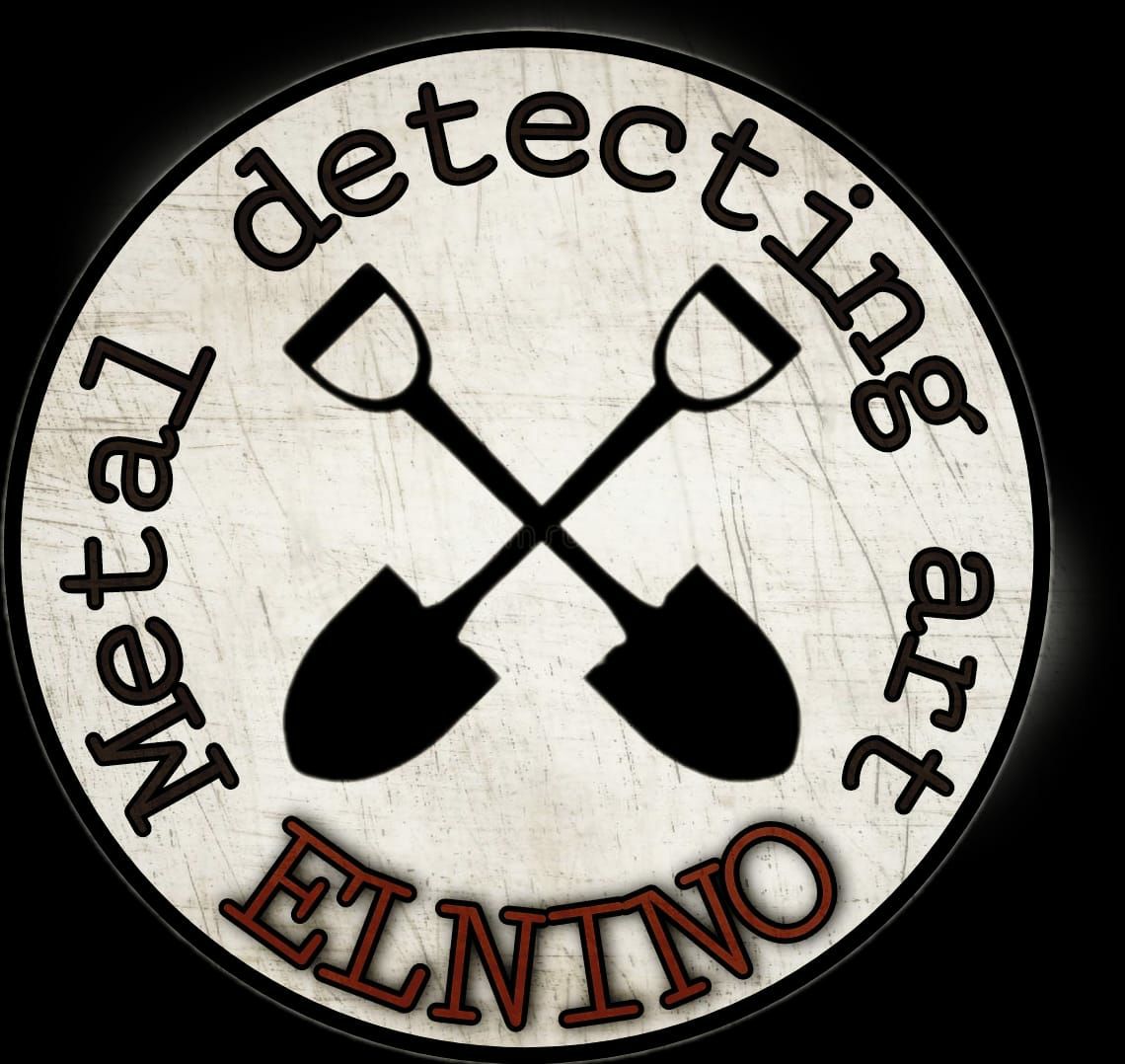
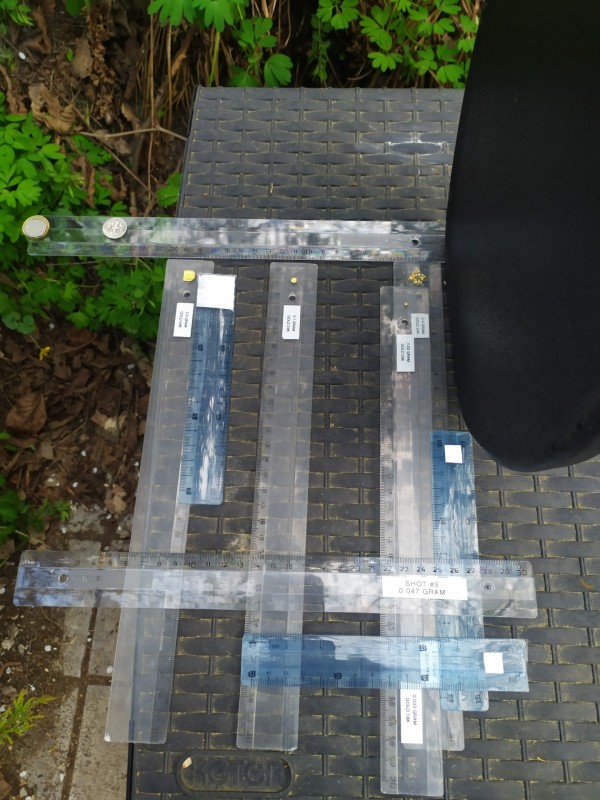
.thumb.jpg.e154a38cb9bafc28144edb230e5f47bf.jpg)
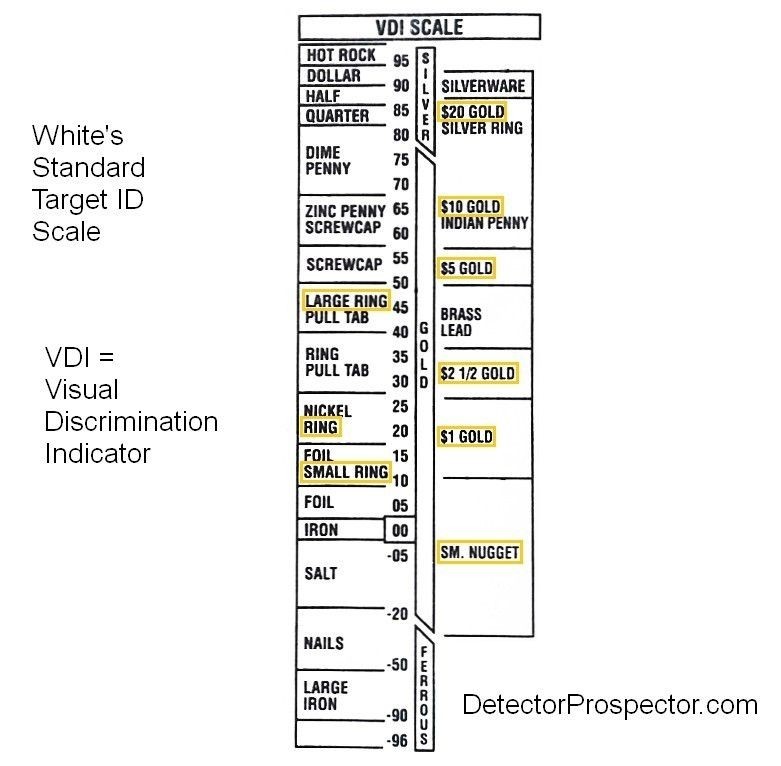
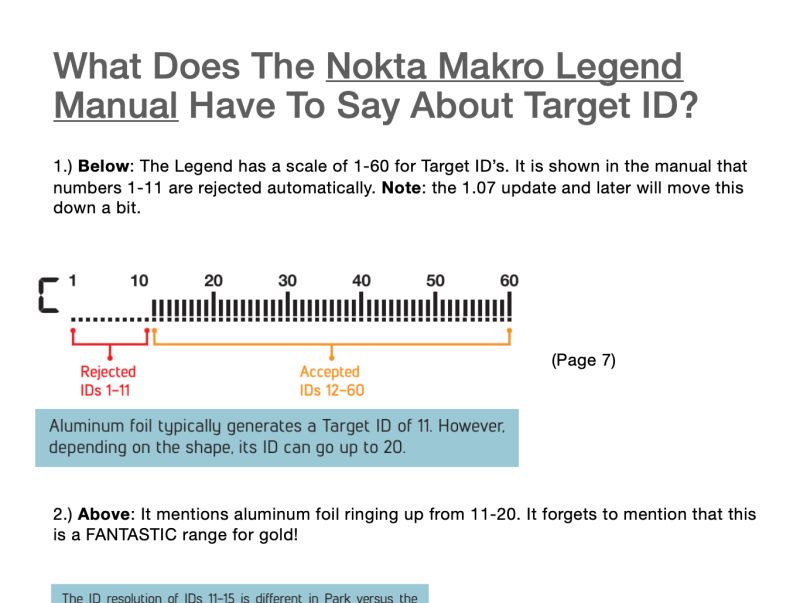
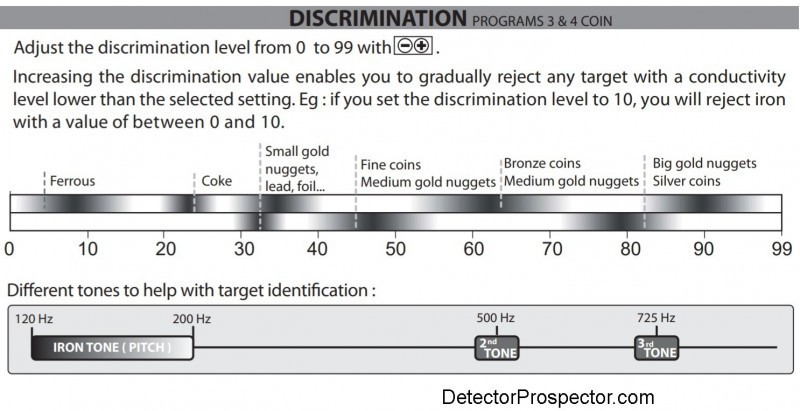
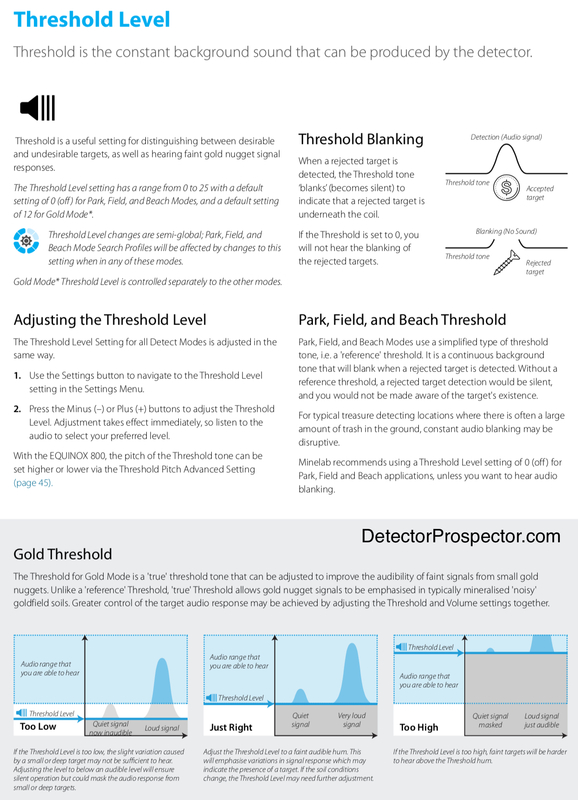

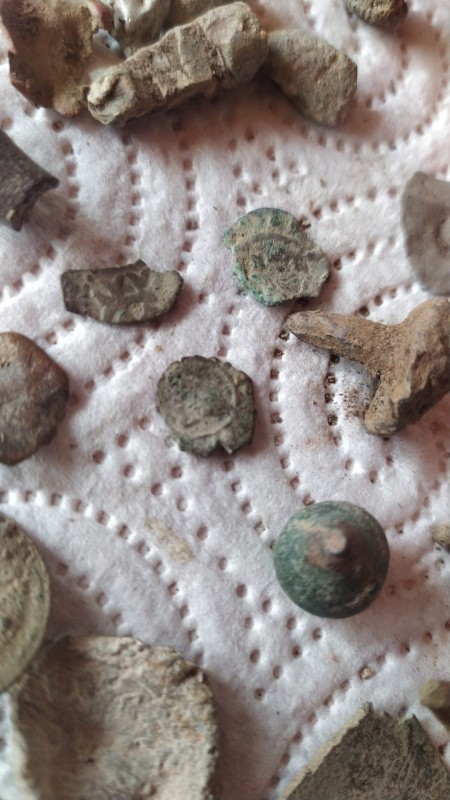
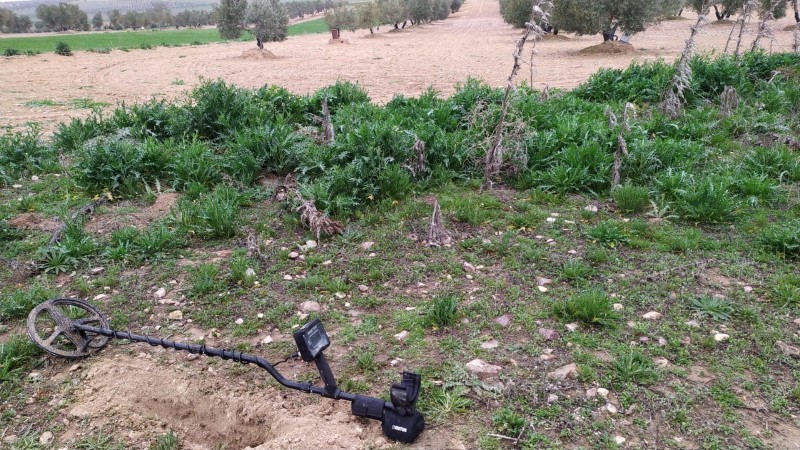
.thumb.jpg.4213116fcdd9e474a06b611fa6f3b9f1.jpg)
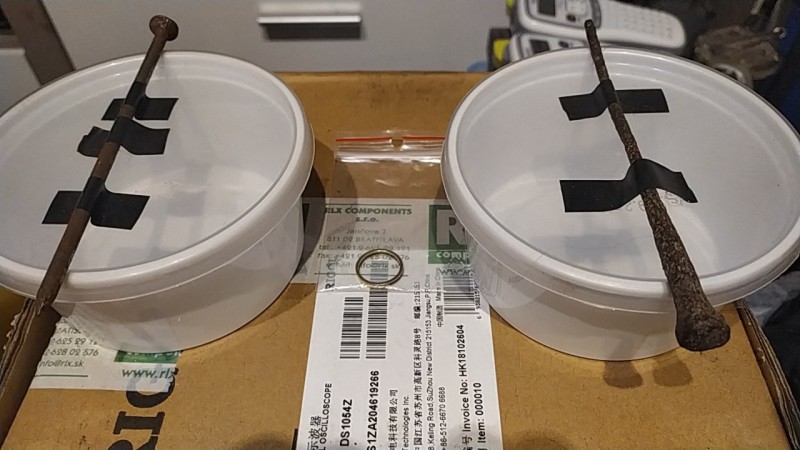
.thumb.jpg.f548f47dd240a01112db2079a076d1e9.jpg)
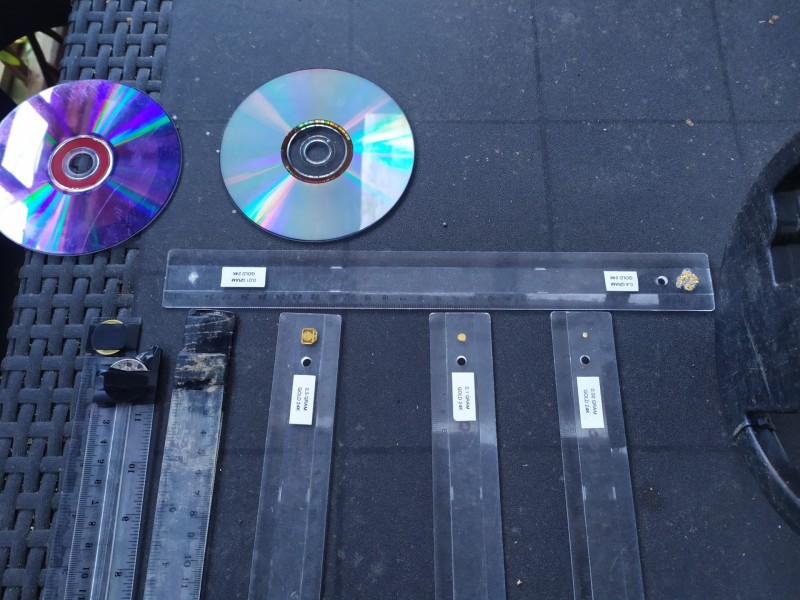
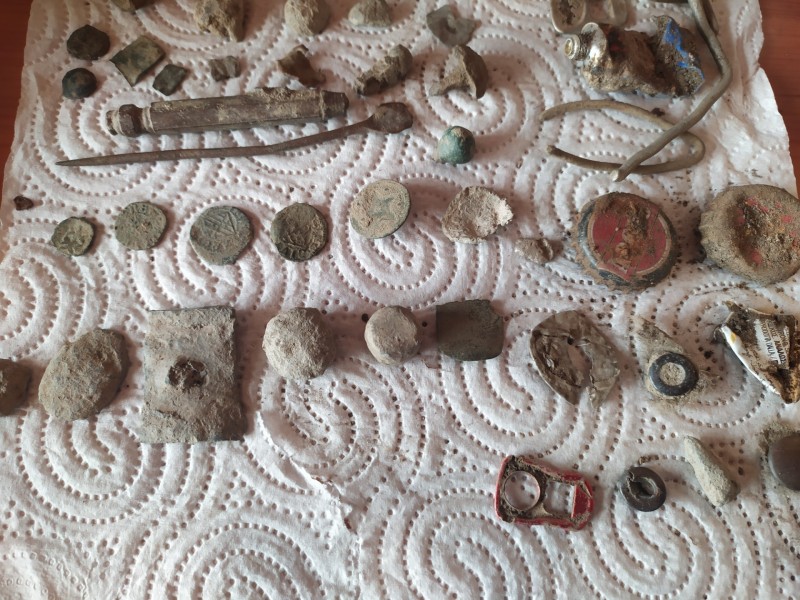
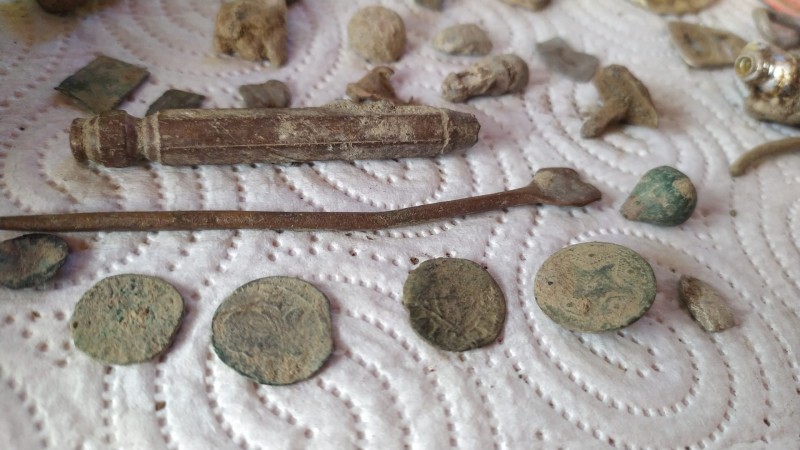
.thumb.jpg.8a2f5b7fd3baa68bf8ecde1fb1514fc3.jpg)
